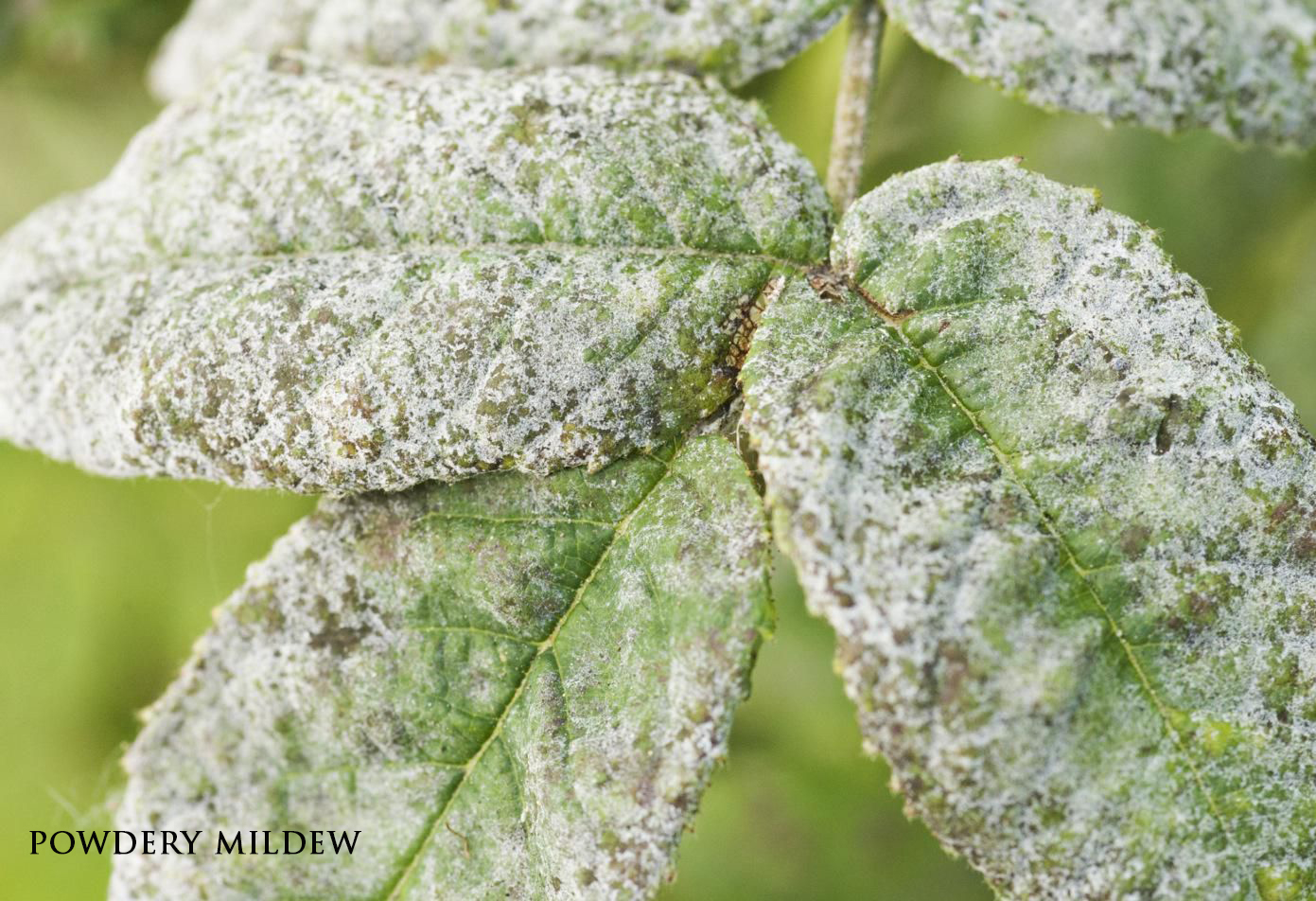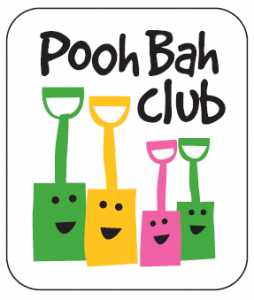
This week, Neutrog’s Microbiologist and R&D Manager talks about what some of us see as fungi, but are in fact water moulds.
There are couple of major diseases which can cause huge losses – not only in the agricultural industry, but also in home gardens. These are called Pythium and Phytophthora. Most people think they are fungi (they do have some resemblance to fungi, mainly because of their filamentous growing habit), but they are very different, both genetically and in their cell surface.
These diseases are known as oomycetes or water moulds. Although they are lumped together with fungi and the slime moulds, they are not true fungi. A good example is downey mildew, which is caused by an oomycete, whereas powdery mildew is caused by a fungi, and yet both are described as fungal diseases.
So why is this difference important?
Because of the differences between true fungal pathogens and oomycetes such as Pythium and Phytophthora, some of the antifungal agents don’t work against them as well, which is one of the main reasons they are so hard to treat. So if you have these pathogens in your garden, you need to consider which fungicides you can use. Often you need to use a combination of fungicides, as these pathogens are often naturally-resistant or have developed resistance.

There are many chemicals to treat fungal diseases, but only 20 to 25% percent of them are effective against oomycetes, and most are not available for home gardeners.
In order to rectify this, you can still go down the chemical route, and for lawns there are options along those lines. But obviously prevention is better than cure, and there are a number of bacteria and beneficial fungi which help to control pathogens such as Pythium and Phytophthora, such as Trichoderma, or bacteria such as Streptomyces.
Ultimately, you want to encourage a diversity of fungi and bacteria in order to have these natural control agents in your soil. The best way to do this is to use organic matter (making sure that it’s well composted so that you don’t introduce any undesirable organisms into your garden). For me, Whoflungdung is the best, as you can use it as a mulch, but I also dig into the soil as a way to get some organic matter into areas of clay, or the sandy loam in my vegetable patch. Whoflungdung is more than just a mulch, is really is a soil rejuvenator as well.
In summary, many of the plant disease we think are fungal are not true fungi, which makes controlling them difficult with anti-fungal agents. Biological control is one option, and a great start to achieving this is to use Whoflungdung as a mulch but also as a way to add organic matter to the soil.
About Whoflungdung – a biologically activated, nutrient rich, weed free, absorbent super mulch, Whoflungdung is composted, inoculated with eNcase and filled with nutrients, so that when added to soil it introduces a wide diversity of beneficial bacteria. These beneficial bacteria readily proliferate through the soil, acting as a barrier/deterrent to pathogenic bacteria, providing a safe environment for healthy plant growth.
Additionally, Whoflungdung is sustainable – it is a recycled waste product, made up of straw and wood shavings screened from chicken manure. In many instances Neutrog supplies the fertiliser that grows the crop from which the straw is sourced…now that’s sustainability!
Most significantly, Whoflungdung reduces, if not eliminates, the nitrogen draw-down which is often reflected in plants after mulch has been applied. Apart from reducing weeds, many users also happily report that blackbirds don’t like it.

🌿 To keep up to date with Neutrog’s community news, inspirational stories from home gardeners, new product developments and the best products to use on which plants and when, join the Pooh Bah Club and we’ll email you our monthly newsletter. It’s free to join and you can unsubscribe at any time. We promise not to bombard you with emails! Simply click here to join.
